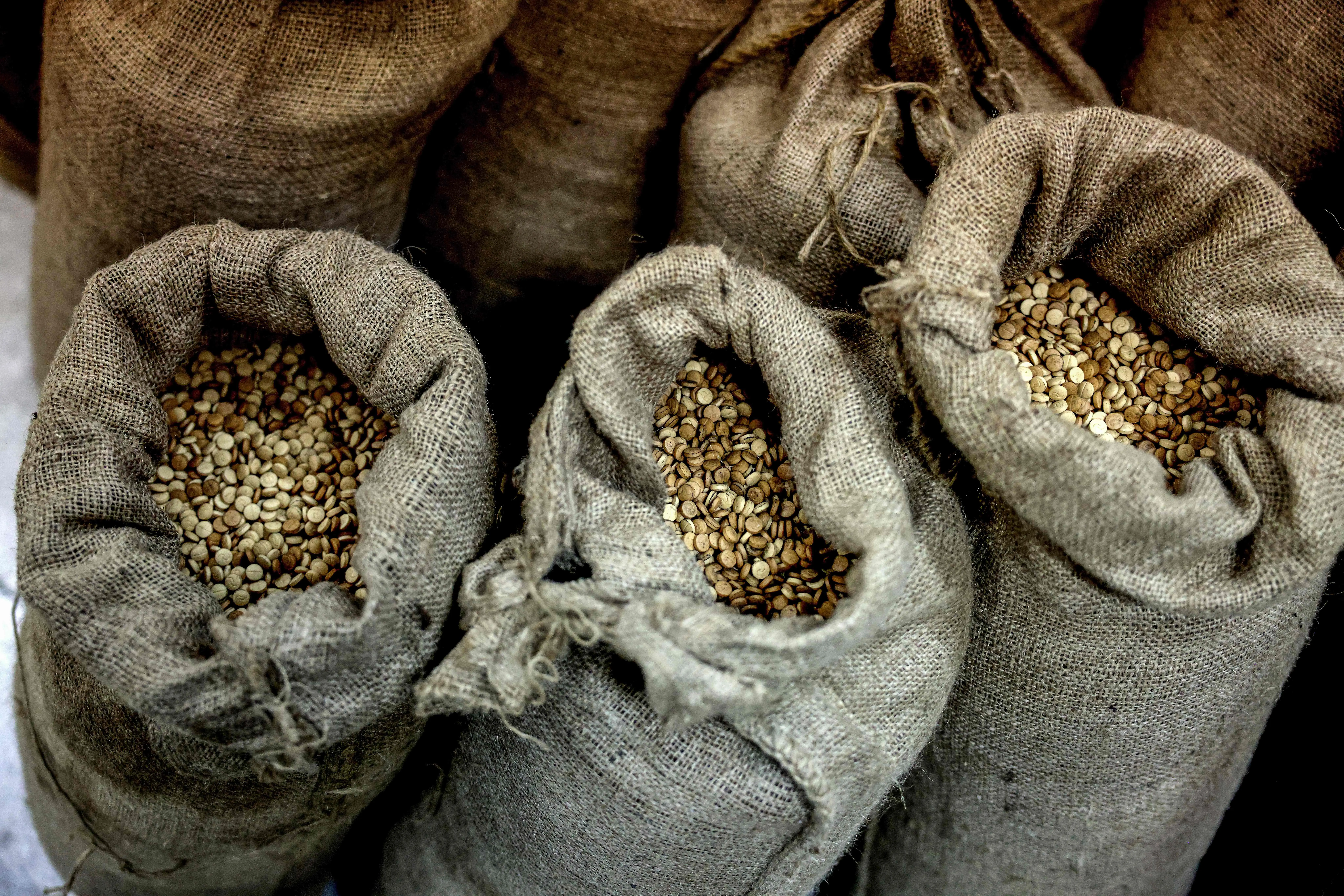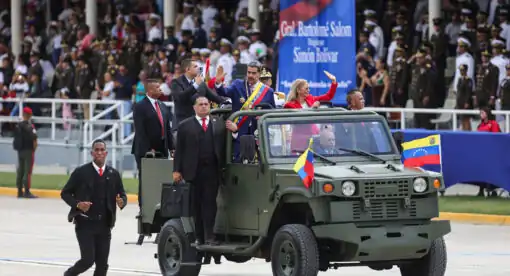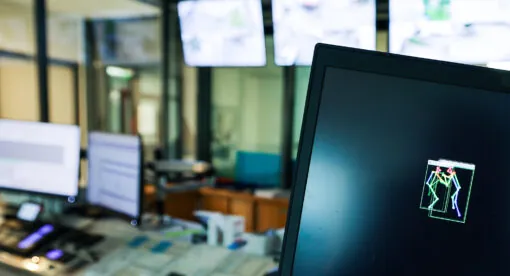Executive Summary
The trade of the amphetamine-type synthetic stimulant captagon has become a prominent feature of an illicit landscape stretching from mainland Europe to the Arab Gulf and Horn of Africa. In just over six years, it has become one of the most in-demand illicit drugs in the Middle East, with production steadily anchored in regime-held Syria. The trade has quickly evolved into an industry, with seizures by authorities in the millions of pills across ports in the Mediterranean and Red seas, Levantine and Gulf state border crossings, and international airports. Furthermore, captagon traffickers have posed security risks, militarizing smuggling operations for both resiliency to interdiction and geopolitical leverage with neighbors.
While these realities are now well known, myths and incorrect assumptions about the captagon trade abound. To address these inaccuracies and compile a comprehensive picture of how the trade has evolved, this report reflects on aggregated data compiled from 2015 to 2023 to identify key patterns and findings about captagon’s supply, demand, and operational networks.
Key Findings
■ The captagon trade experienced significant growth from 2018 to 2022, with seizures peaking in 2021, suggesting either a stabilization of supply or reduced interdiction capacity. Saudi Arabia, despite being a major consumer market, has seen a continuous decline in captagon seizures, in part due to the enhanced interdictions in transit countries.
■ Counter-captagon operations have also become increasingly kinetic, with violent clashes between smugglers and security forces on the rise, particularly following Jordan’s heightened enforcement along its border with regimeheld Syria, which is where most captagon continues to originate.
■ While there was a decrease in seizures of captagon pills, a notable increase in arrests related to captagon smuggling and production has been recorded, particularly in Saudi Arabia, Turkey, and Jordan. Jordan has intensified its counter-narcotics strategy against captagon smuggling, deploying military assets along its border with Syria to bolster interdiction, yet arrests against smuggling agents within the kingdom remain notably sparse, suggesting potential internal impunity. The nationalities of those arrested across the region also reveal that Syrian nationals are more likely to be involved in production and smuggling than in local distribution in consumer markets.
■ Smuggling methods, including specialized packaging and concealment techniques, have evolved, indicating increasing trafficker sophistication. It is also becoming harder to determine a consignment’s origin based on packaging, branding, or chemical formula alone, posing an obstacle to law enforcement and intelligence.
■ Maritime smuggling has become less prevalent over the past two years, with land shipments becoming more common.
■ While Syria remains the anchor for industrial captagon production, small-scale production has sprouted in Iraq and mainland Europe as suppliers seek to diversify manufacturing and trafficking methods. However, the presence of these smaller production sites has not squeezed out large-scale production in Syria, with large-scale production entrenched in regime-held areas.
■ Trafficking via drone has increased along the Syrian-Jordanian border, mainly for crystal methamphetamine rather than captagon.
■ Despite wide media coverage of a nexus between Hamas and the captagon trade, there is little evidence to support captagon playing a meaningful role among Hamas fighters in their attacks on Israel on Oct. 7, 2023. However, the onset of Israel’s war in Gaza shifted the dynamics of captagon smuggling on the Syrian a fourfold increase in captagon seizures and a notable rise in crystal meth confiscations. This evidence suggests an expansion in smuggling attempts. Of note is the rise in illicit drug shipments accompanied by illicit weapons.
■ Jordanian airstrikes against trafficking networks in Syria’s Daara and Sweida regions indicate a new level of coordination and intelligence exchange between the Jordanian military and local communities, as well as the ability to target mid-tier smuggling rings, storage warehouses, meeting points, and local kingpins. However, this strategy cannot target large-scale manufacturing sites located farther into in regime-held territory and has reportedly resulted in multiple deaths of innocent Syrians.
Policy Recommendations
■ The U.S. government should take the lead on establishing a formal working group that solely focuses on the captagon trade, rather than synthetic drugs as a whole, within the Global Coalition Against Synthetic Drugs led by the U.S. Department of State’s Bureau for International Narcotics and Law Enforcement Affairs.
■ Governments should provide the framework for a regionally led counter-captagon mechanism that convenes regional stakeholders and international organizations to exchange intelligence and best practices and identify coordinated strategies to best curb the flow of captagon across the Mediterranean-Gulf zone. This initiative should be independent from existing working groups involving the Syrian government, a key sponsor of the captagon trade.
■ The U.S. government and its partners should work with local actors in Syria to combat the production and smuggling of captagon.
■ Countries currently affected by the captagon trade, as well as those at risk from captagon shipments, storage sites, and production facilities, should register to use the United Nations Office of Drugs and Crime’s International Project on New Psychoactive Substances – known as Project ION – enabling law enforcement to engage in feasible intelligence exchange and coordination against drug producers and traffickers.
■ The U.S. and its partners should coordinate with the Jordanian Armed Forces, Combined Task Force – Operation Inherent Resolve partners in Northeast Syria and Iraq, and other interested regional stakeholders to equip border security forces for the likelihood of clashes with smugglers, interdiction strategies, and improving border surveillance.
■ Countering the supply of captagon from Syria should not be used as a bargaining chip with Syrian President Bashar al-Assad’s regime, which continues to be the main supplier of the drug. Countries countering captagon should not give in to the extortion of the Assad regime and should not tie countering narcotics to normalizing relations with the regime, influencing the country’s future political settlement, reconstruction funding, or the return of refugees.
■ The U.S. government and its partners should offer seizing countries access to laboratory facilities for more comprehensive chemical profiling, enabling governments to track captagon’s evolving formula and eventually identify patterns that can help trace consignments back to individual production sites.







